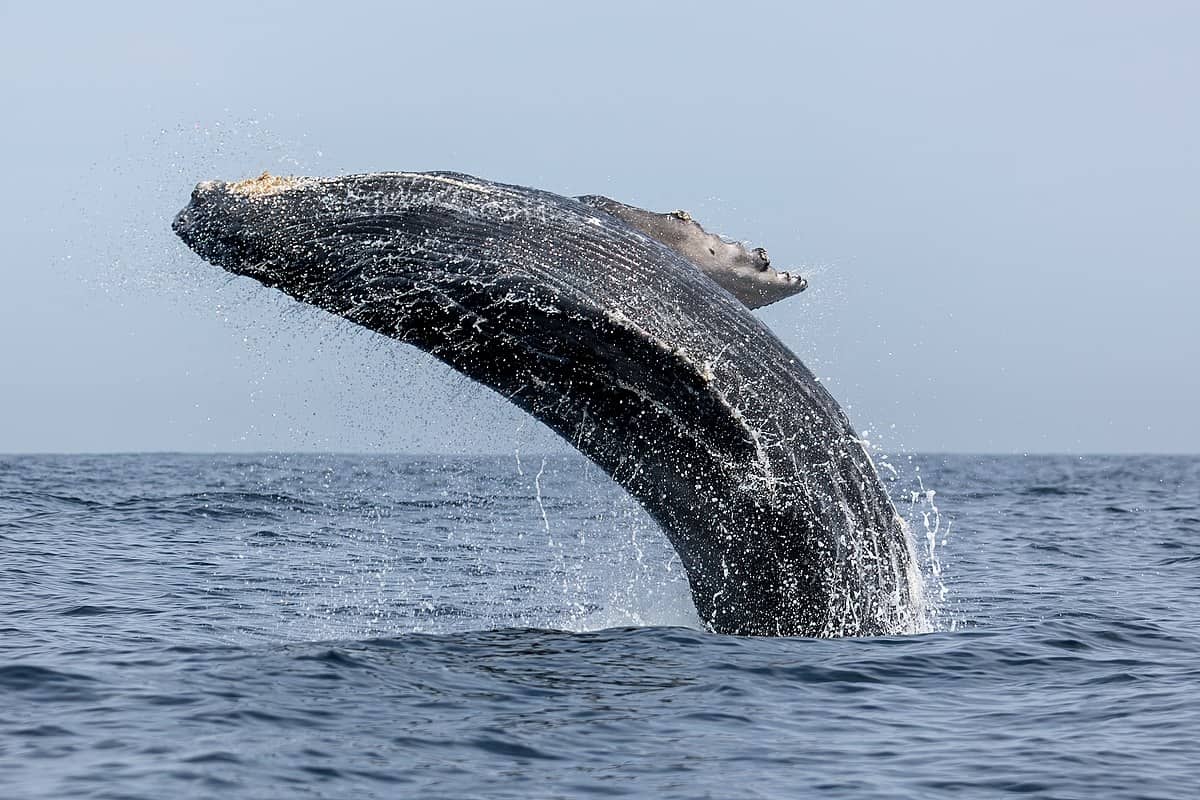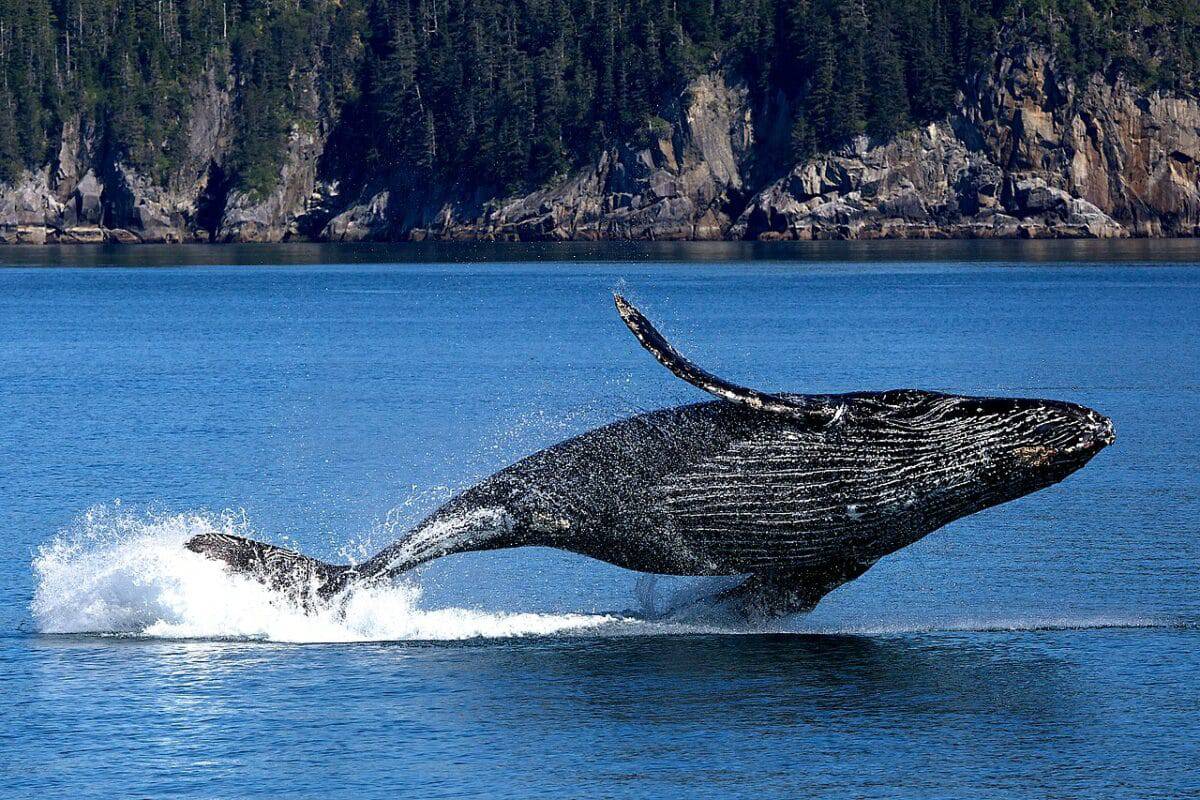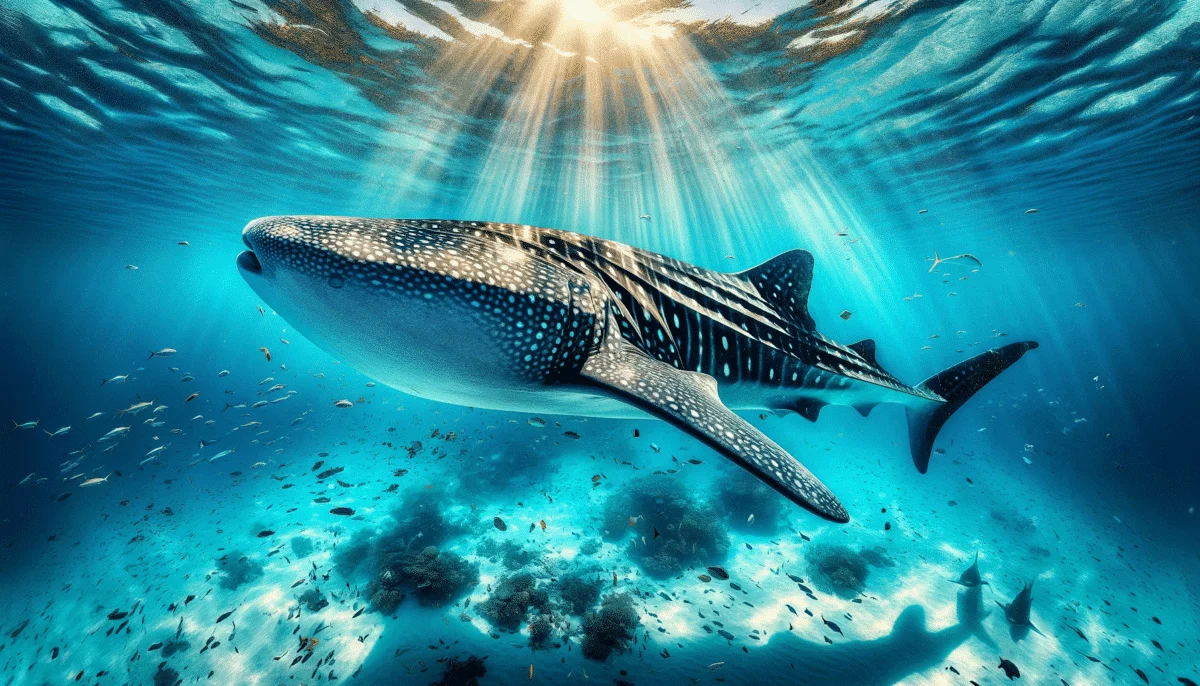Whales, the colossal leviathans of the ocean, have captured our imagination with their sheer enormity. Weighing more than elephants, mammoths, and even dinosaurs, these marine giants hold the title of the largest animals to ever roam our planet. But why are they so big? Let’s embark on a journey through time, exploring the fascinating evolution that transformed these ocean dwellers into the titans we know today.
The Dawn of Whales: A Land-to-Sea Odyssey
Around 50 million years ago, Earth witnessed the emergence of the very first whale, Pakicetus, marking a pivotal moment in the evolution of these magnificent creatures. While life on Earth struggled to escape the confines of the oceans, whales, daringly, abandoned their terrestrial roots. Trading four legs for flippers, they ventured into the water, where gravity held less sway over their burgeoning size.
From Tiny Beginnings to Ocean Giants
Contrary to a gradual increase in size, the next 37 million years saw whales diversifying while remaining relatively small. Baleen whales, equipped with filter-feeding systems, appeared around three million years ago, setting the stage for a transformative shift in their size. Enter an ice age, altering ocean temperatures and currents, creating bountiful swarms of plankton and krill. This abundance of food became an all-you-can-eat buffet for baleen whales, propelling their growth into unprecedented dimensions.
Feeding Frenzy: A Blueprint for Gigantic Proportions

Modern whales, especially the blue whale, epitomize the result of this marine feeding frenzy. Weighing up to 190 tonnes, a blue whale is two times larger than the most massive dinosaurs that once roamed the Earth. To put this in perspective, their blood vessel network could stretch from Pluto to the sun and back over two and a half times. Scientists even speculate that we may be living alongside the largest creature ever to exist.
The Mystery Behind Whales’ Enormous Size
Why are Some Marine Mammals So Big?
Sperm whales, orcas, and the mighty blue whale top the charts as some of the largest animals on the planet. Sci-fi movies often depict colossal creatures as menacing, but in reality, a blue whale could never swallow a human. Their esophagus is so small that even a loaf of bread would pose a choking hazard. Despite their enormous mouths, these gentle giants survive on a diet of tiny krill and plankton, showcasing a remarkable adaptation in their feeding strategy.
The Science Behind the Size
Lunge feeding is the secret weapon in a blue whale’s arsenal. Racing towards schools of krill with mouths wide open, they consume staggering quantities – up to 500,000 calories in one gulp. To sustain their massive bodies, blue whales need around 8,000 pounds of krill and plankton daily. Their feeding process, aided by baleen structures, efficiently filters water, leaving behind the nutrient-rich krill.
The Marvel of Marine Growth

Beyond feeding strategies, the buoyancy of water plays a crucial role in the size of marine animals. Unlike land mammals, marine creatures have the luxury of expansive environments where they can float and move freely without battling gravity. This buoyancy enables them to grow to enormous sizes without jeopardizing the balance of their ecosystems.
Wrapping Up with Why Are Whales So Big
Whales, with their colossal proportions, showcase the intricate dance of evolution and adaptation. Their journey from land to sea, coupled with ingenious feeding strategies, has sculpted them into the magnificent creatures we marvel at today. As stewards of the oceans, we are privileged to coexist with these gentle giants, witnessing the legacy of millions of years of evolution unfold beneath the waves. So, the next time you gaze at the horizon, remember that beneath the surface lies a world of giants, embodying the grandeur of Earth’s evolutionary tapestry.
Thank you for following along with this article –
Next up in the animal kingdom:
- Rare Footage Of Humpback Whales Attempt To Disrupt A Killer Whale Hunt In Antarctica
- Whale Surprisingly Gives Dolphin A Ride
- Missing Cat Found Alive In An Amazon Box 650 Miles From Home - May 5, 2024
- Largest Pitbull Is Friends With Newborn - May 4, 2024
- How Many Lion Cubs Can You Count? - May 4, 2024

